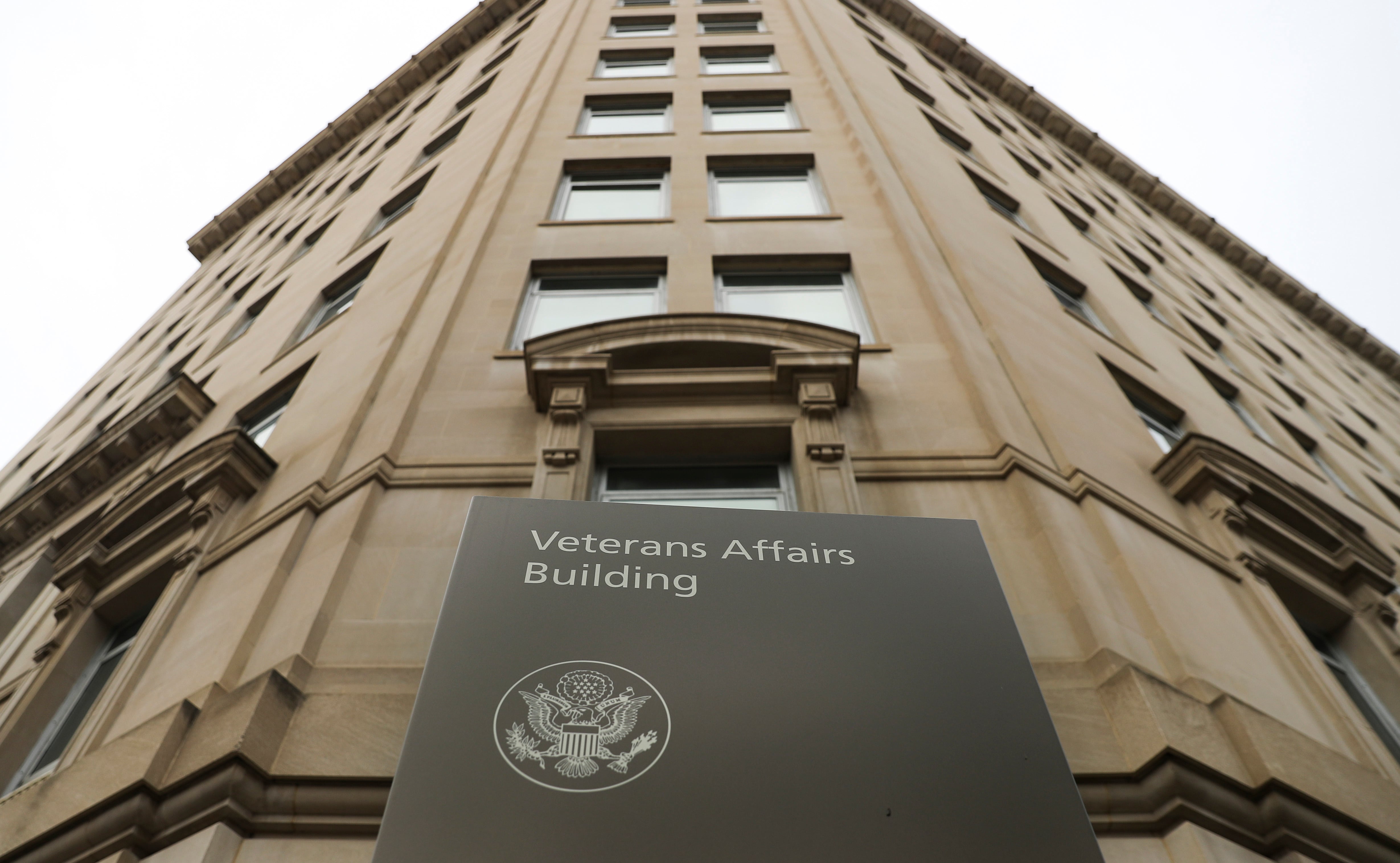Healthcare providers at the Department of Veterans of Affairs have consistently failed to identify and support service members suffering from opioid dependence as they transition out of the military, investigators have revealed.
The VA Office of Inspector General report, published Wednesday, found that VA officials routinely missed — or struggled to check — prior opioid use disorder (OUD) diagnoses when developing treatment plans for troops leaving the service. These oversights, investigators warned, risked endangering the health and lives of veterans.
Researchers find that intersecting and reinforcing traumas — such as homelessness, alienation or post-traumatic disorder — make former service members especially vulnerable to opiate dependence or addiction and its most dangerous effects. Veterans are twice as likely to die from an accidental overdose as nonveterans. Overall, drug overdose mortality among veterans soared 53% between 2010 and 2019. As of 2020, opioids were responsible for three-quarters of drug overdose deaths in the US.
RELATED

Investigators conducted a yearlong review of 1,783 VA patients discharged from the military between Oct. 1, 2016, and Sept. 30, 2019, with an OUD diagnosis in their Department of Defense medical files. They found that 421 of those patients had a formal OUD diagnosis in their VA medical record.
They split the remaining 1,362 patients into two categories: those without an official OUD diagnosis in their VA data (Group 1), and, within that group, those who lacked an opioid use diagnosis and died — of any cause — between their discharge and July 4, 2021 (Group 2).
Investigators discovered that only 19% of the 1,362 OUD-afflicted veterans from Group 1 had opioid dependence flagged during their initial screening with the Veterans Health Administration. Just over half of the 45 patients in Group 2 had OUD listed on the VHA “problem list,” an electronic database used to identify pressing health concerns. About 20 of the Group 2 patients passed away from opioid-related deaths. No patients from Group 1 had OUD conditions on their “problem list.”
It was not clear whether veterans in Group 2 had more severe dependence or addiction problems when they left the military.
The investigators even found that VHA doctors prescribed opioid medications to a small number of patients (3 percent in Group 1) with OUD complications.
“VHA policy requires VHA facilities make treatment services available to patients with substance use disorders,” the report noted. “The OIG found VHA providers offered substance-use-disorder treatment or medication-assisted treatment to 80 percent of patients with an identified DoD OUD diagnosis in Patient Group 2 who died from an opioid-related overdose.”
Mistaken opiate prescriptions are not the only adverse impact of a missed diagnosis. Veterans can also miss out on life-saving substance abuse treatment if VHA officials don’t know about their condition.
“OUD diagnoses not identified in the progress notes or problem lists could result in future providers not offering OUD treatment to patients,” the report noted.
Only 35% of surveyed patients who suffered opioid-related deaths were offered or provided the life-saving drug naloxone before their passing.
“A lack of provider knowledge of an established OUD diagnosis may have contributed to naloxone not being provided to some patients,” the report states.
The VA partnered with the Departments of Defense and Homeland Security in 2018 to launch a “joint action plan” designed to provide “seamless access to mental health treatment and suicide prevention resources for transitioning uniformed service members in the year following discharge, separation or retirement.” The plan detailed special “selective” initiatives to support subgroups of veterans who might be especially prone to suicidal tendencies, including those suffering from substance abuse.
The holes in the plan’s opioid support pipeline stemmed from unclear expectations and faulty databases, according to the report. More than half of the VHA providers surveyed by investigators didn’t think they were supposed to check DoD records before accepting former service members for treatment. A similar proportion struggled to navigate an electronic health database linking DoD and VA medical records. Some 45% of providers never received training in the system (which has a 106-page training manual); 56% said they couldn’t find the DoD information they needed in the program.
“VA remains committed to ensuring service members transitioning back to civilian life [get] the very best care our nation can provide,” VA spolesman Terrance Hayes told Military Times. “We are implementing new strategies, to include improving our information systems to identify service members diagnosed with opioid use disorder in the Department of Defense.”
The VA is looking to strengthen existing clinical programs, such as the provision of lifesaving, evidence-based medications for opioid use disorder, Hayes said, and will continue to expand access to its opioid education and naloxone distribution programs.
Jaime Moore-Carrillo is an editorial fellow for Military Times and Defense News. A Boston native, Jaime graduated with degrees in international affairs, history, and Arabic from Georgetown University, where he served as a senior editor for the school's student-run paper, The Hoya.










